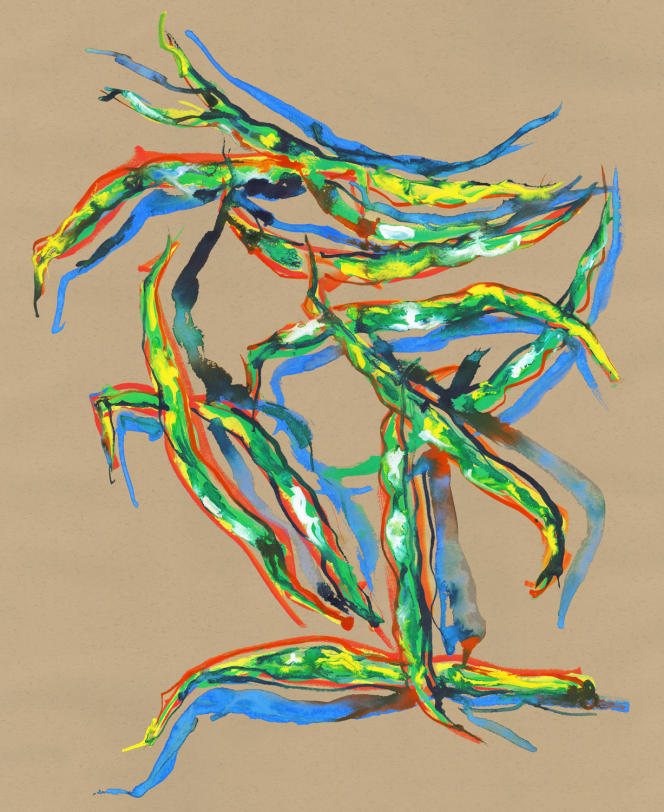“Green bean” is a culinary term for an immature bean whose pod is eaten when young, crisp and not very stringy. Annual herbaceous plant, of the fabaceae family, the common bean, or Phaseolus vulgaris, has many varieties, with pods or seeds, green, yellow, purple, streaked with red, with a bushy and branched habit or a climbing habit that can reach 4 meters in height. Probably originating in Ecuador, it diversified in Mexico and the Andes, and would have been domesticated around 6000 BC. AD in South America.
Its culture has great importance in Native American civilizations, where it is a basic ingredient of diets and present in many emblematic national dishes. The consumption of immature pods is often considered a European innovation, but the history of the Aztec Empire has a particular name for the green bean, exotl, which means “tender bean”, which became ejote in Spanish from Mexico.
Easy to sow and cultivate, as long as it has good sunshine, the bean flowers between May and July, and can be harvested throughout the summer, by staggering the sowing. Rich in proteins, vitamins, fibers and minerals, it is also a garden ally that nourishes the soil (by fixing nitrogen) as much as the gardener.
Pure and simple
There are green beans called “nets” and butter beans, with yellow pods, which are often more tender, but also beans with purple pods, which lose their color when cooked. Plunged for a few minutes in boiling salted water, garnished with olive oil, a dash of balsamic vinegar and basil, green beans make a wonderful warm salad.
Accompanied
Crunchy and fresh, green beans go well with fish, poultry or grilled meats. They can also be added to quiches, pies and savory cakes, or even in pies, where they make beautiful cuts. Chef Romain Meder suggests cooking them en papillote with a few fennel seeds and serving them with garlic cream, mozzarella and grilled almonds.














